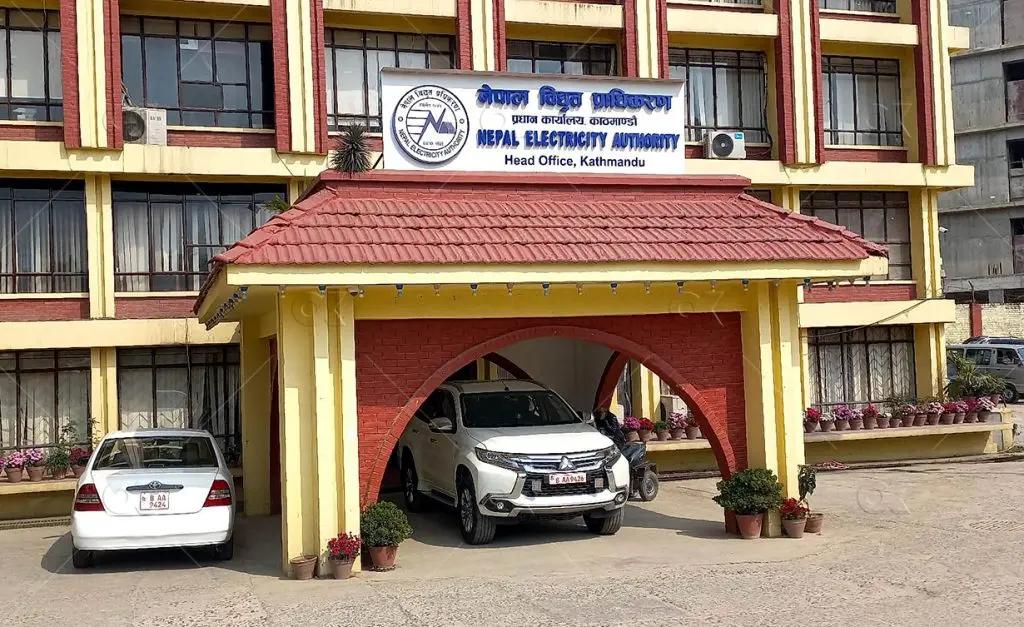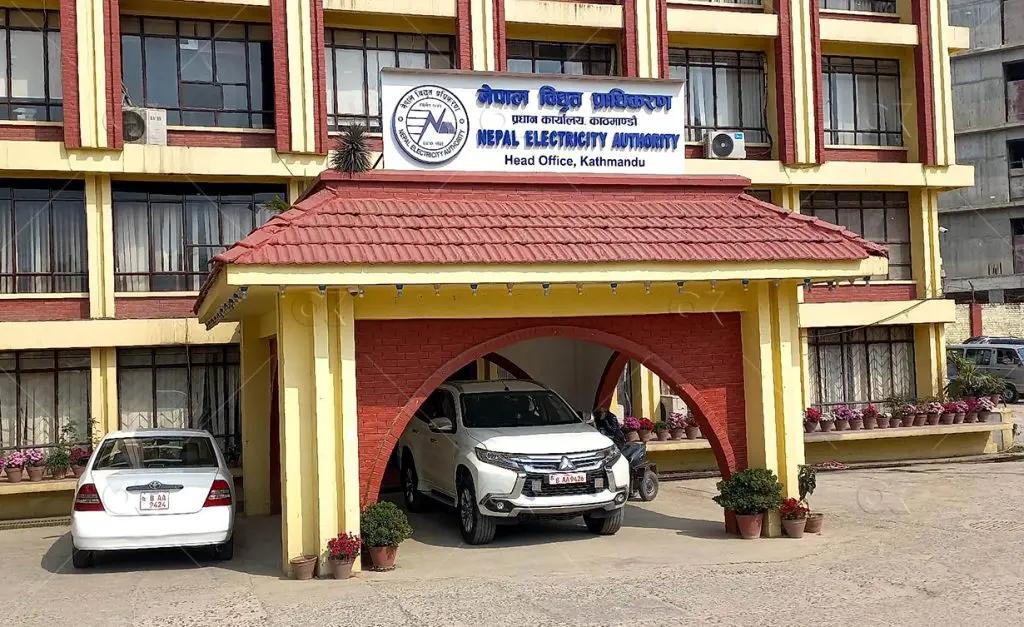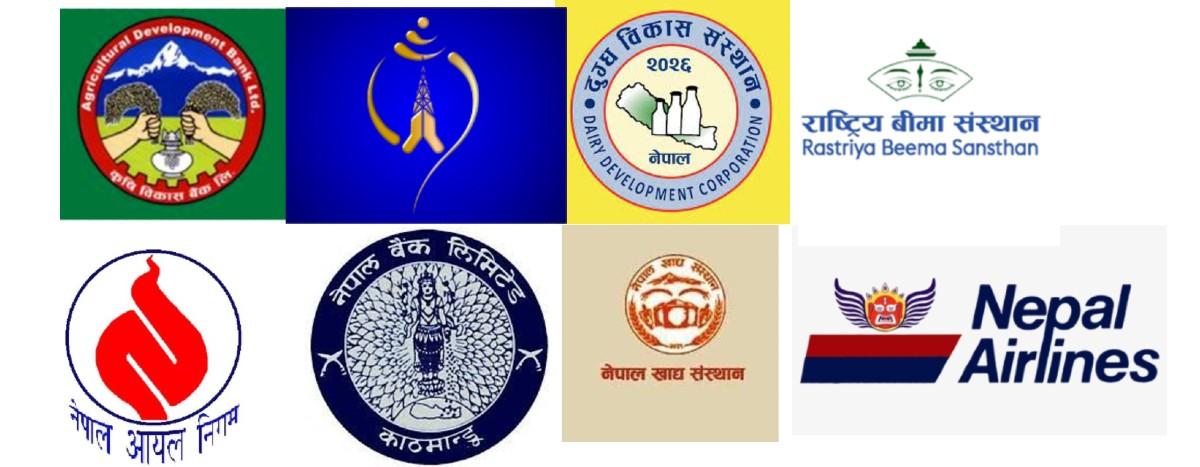By Dipesh Ghimire
NEA Cuts Power to 25 Industries; 20 Shut Down, 16,000 Workers Affected

The Nepal Electricity Authority (NEA) has disconnected the power supply to 25 industries across the country that were operating through dedicated feeders and trunk lines, citing long-pending arrears of Rs 5.48 billion. Among them, 20 industries have been forced to halt operations completely, while five others remain partially functional. Two of those had already suspended production earlier, two have reconnected after starting installment payments, and Shivam Cement has managed to continue production by running its generators.
The NEA initiated the disconnection drive on Kartik 4 and 6 after repeated reminders to clear dues went unheeded. The authority has accused the industries of consuming electricity under the premium “dedicated feeder” category without paying the additional service charges attached to such facilities. These feeders are meant to provide uninterrupted supply to large-scale industries, but the NEA said the users failed to clear the surcharge for months despite repeated notices.
Following the power cuts, more than 16,000 industrial workers have suddenly lost their jobs. The factories—mostly from cement, steel, and chemical sectors—have shut down production, leaving employees without work and uncertain about their salaries and benefits. Labor unions have voiced serious concern, saying that thousands of daily-wage workers have been directly affected and that their families are facing financial hardship.
The shutdown has come at a time when the manufacturing sector is already under pressure due to slowing demand, liquidity shortages, and high operating costs. Industrialists argue that such abrupt actions by the authority could push many businesses toward bankruptcy and worsen the country’s unemployment problem.
A serious dispute has emerged between NEA and the industrialists regarding the arrears and the method of calculating consumption. The NEA insists that industries must first pay the outstanding dues before any power reconnection can be considered. However, the entrepreneurs counter that the authority has failed to provide adequate proof of electricity consumption and billing records. They claim they are being charged arbitrarily for services that were not properly metered or verified.
Both sides have remained firm in their positions, resulting in a deadlock that has left thousands of workers caught in the middle. While the NEA maintains that rules must be followed strictly, industrialists say that the issue requires proper auditing and negotiation rather than punishment through power cuts.
The shutdown of major industries has sparked concerns about wider economic repercussions. Economists warn that prolonged closures could reduce domestic production, hurt exports, and weaken investor confidence in Nepal’s manufacturing sector. The incident also highlights the long-standing lack of transparency and coordination between public utilities and private enterprises.
Observers note that while the NEA’s action is legally justified, its timing and abrupt implementation have created a crisis of confidence in the industrial community. The government, they argue, should intervene to mediate between the two sides and prevent further damage to the economy.
Experts suggest that both parties should seek a practical middle ground. A possible approach could involve partial payments by industries under protest, while the NEA conducts an independent verification of usage and dues. Such a mechanism would ensure continued power supply without undermining the authority’s right to collect legitimate payments.
Until a resolution is reached, however, factories remain dark, workers remain idle, and uncertainty looms over one of Nepal’s key productive sectors.









